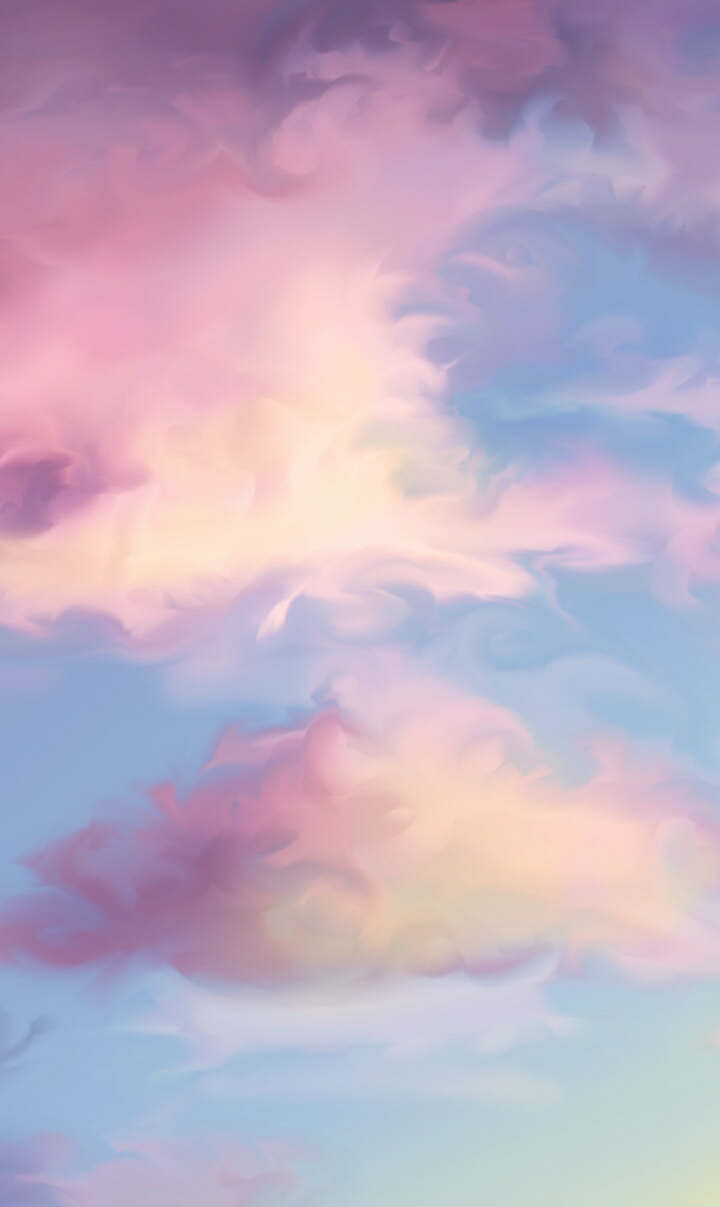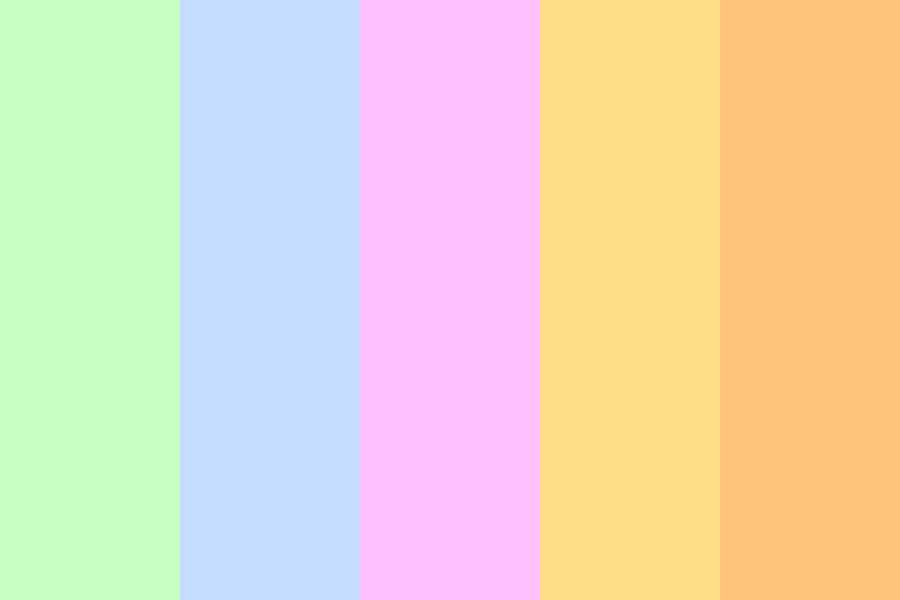


Which color should I try next? Comment below and let me know!! They have blue, purple, pink, peach, and silver. I am loving this idea and am wanting to try one of the other shades in the future. I am willing to bet if I had a new jar and used more product, I'd have better results. BUT.I borrowed this from a friend and only used what was left in the bottom of the jar. It sort of just looks like I used a purple shampoo to tone my platinum hair.

I put this silver conditioner on like it said, (onto freshly washed, towel dried hair) and let it sit for 30 minutes before rinsing it out. Adding color to your hair through an at home conditioner, the fact that it's ems like a win win for someone like me who likes change, but isn't willing to dye their hair a crazy color long term. Shade and tinge are used in the sense of trace, touch, trifle (for this sense, see TOUCH).I have been reading all about this Tinge temporary pastel conditioner for a few months now. DescriptionWith its tempting toffee tones and rich swirling grain details, Signature Collection Engineered European Lacquered Oak Flooring will make any. Tint applies to a character that is not dominant but imparted as if by contact or influence. Hue is less often so used than color it usually suggests a character rather than an aspect, but it does not necessarily imply an ingrained character.

Nearly all of these terms carry extended meanings derived from or related to the senses previously considered.Ĭolor usually suggests an outward character or aspect such as may be changed by circumstances or may be imparted to a thing to brighten and vivify it. Tone is a rather general word, sometimes equivalent to color but more often suggesting hue or a modification of hue (as a tint or tinge). Tinge implies more of interfusion or stain than tint. The term is not infrequently used in contrast to shade, especially when the latter word connotes comparative darkness or dullness. Tint is also used as meaning a gradation of color in respect to brilliance, but it always suggests hue and is commonly used in reference to light colors that seem to be given by a light or delicate touching thus, what are often called "pastel colors" or "pastel shades'" are known also as tints. Shade is often used in the sense of one of the gradations of a color, especially as its hue is affected by its brilliance. Hue, especially in poetry or elevated prose, is often synonymous with color. More specifically, hue suggests some modification of color. It may refer to any of the bands of the spectrum or to any of the variations produced by or as if by combination of one or more of these with another or with white, black, or gray.Ĭolor is also specifically applicable to the attribute of things seen as red, yellow, blue, orange, green, purple (the chromatic colors) as distinct from the attribute of things seen as black, white, or gray (the achromatic colors). It may apply to the quality of blood which one describes as redness, of grass as greenness, of the sky as blueness, of snow as whiteness, or of ebony as blackness, or to the optical sensation which one experiences when one sees these things respectively as red, green, blue, white, and black. Color, hue, shade, tint, tinge, tone are comparable when they mean a property or attribute of a visible thing that is recognizable only when rays of light fall upon the thing and that is distinct from properties (as shape or size) apparent in dusk.Ĭolor is the ordinary term and, in precise use, the only generic term of this group.


 0 kommentar(er)
0 kommentar(er)
